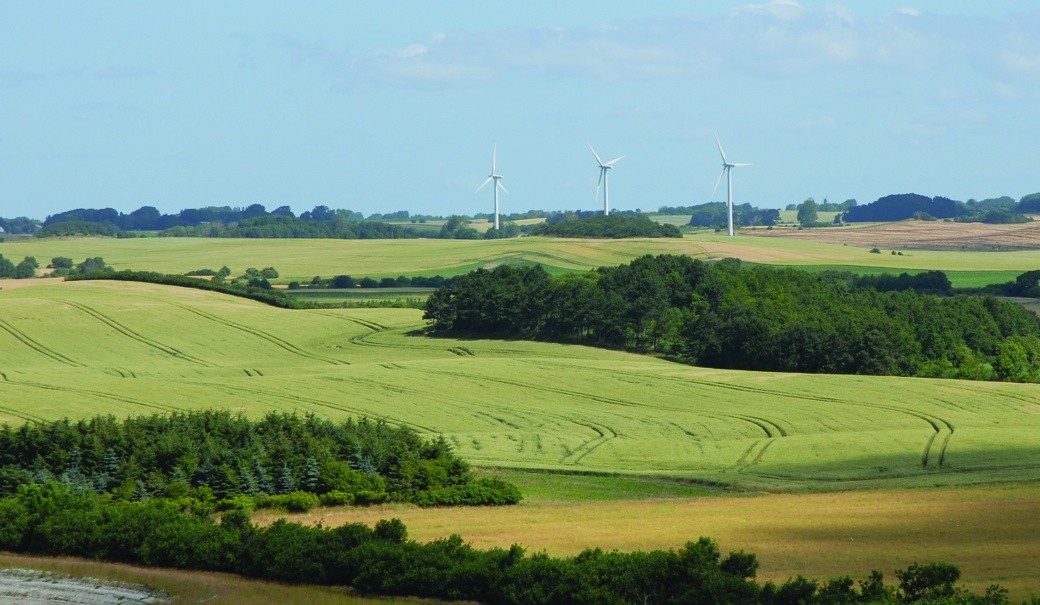Good examples of adaptation towards the rational use of energy and climate change mitigation are evident in some European regions and municipalities. The following case studies shed light on how energy challenges have been addressed in Kalundborg (DK), Samsø (DK), Freiburg (DE), and the Region of Navarra (ES). The case studies not only illustrate how technological and institutional solutions have been implemented, but most importantly in the regional development context, they show how public and private actors in those localities have funded new opportunities for business and economic growth derived from challenges arising from energy shortages and climate change policies.

Samsø landscape with wind turbines. Photo: Rasmus Ole Rasmussen
Samsø is an insular municipality with a population of 4 100 located on the east coast of Jutland. The major economic activities on the island are agriculture and tourism. As with other small island communities Samsø is struggling with issues related to a falling population. Due to the lack of opportunities many young people leave as soon as they finish secondary school.
The development of wind energy materialised after Samsø won a competition for funding, launched by the Danish Ministry of the Environment, in 1996. Over a period of ten years (1998-2008) the winner was tasked to prove that it was possible to convert an entire local community to renewable energy. In addition it should be noted that the new energy policy put in place by the Danish government in 1990 helped the shift towards renewable energy sources.
Wind energy generation in Samsø has materialised in the form of eleven land-based wind turbines and ten offshore wind turbines. At the project's initiation in 1997 only 5% of the island's electricity consumption was generated by local turbines. By 2005 however locally generated wind power covered more than 100% of the island's electricity consumption.
The decentralised planning system in Denmark gives extensive decision making power to the municipalities, and the involvement of the local authorities as well as the community in general was central to the success of the Samsø-project. Initially, the ambition of local authorities to stimulate the economy through wind energy development was met with scepticism from the island's citizens. They generally disagreed with the project due to the adaptations required to the natural and cultural landscape. The public debate was however opened up and the solution adopted was to allow local ownership of the turbines. In fact, eleven land-based turbines came to be owned by farmers and a further two by island cooperatives.
The subsequent construction of ten offshore wind turbines involved major investment by the municipality as well as from the Ministry of the Environment. Five of these are owned by the municipality, three by investors from Samsø, one by a cooperative and one by a financing company. Two organisations were established on the island: the Samsø Energy Academy which oversaw the technical part of the renewable energy deployment, and the Samsø Environment and Energy Office which dealt with the public participation process.
Initially the new job opportunities were available for craftsmen in the building of the turbines. This led to the creation of a specialised workforce, not only in wind energy but also in district heating and solar energy. Moreover, the work on the Samsø Energy Academy has evolved into a centre of knowledge that attracts R&D investments and thousands of visiting renewable energy professionals every year.